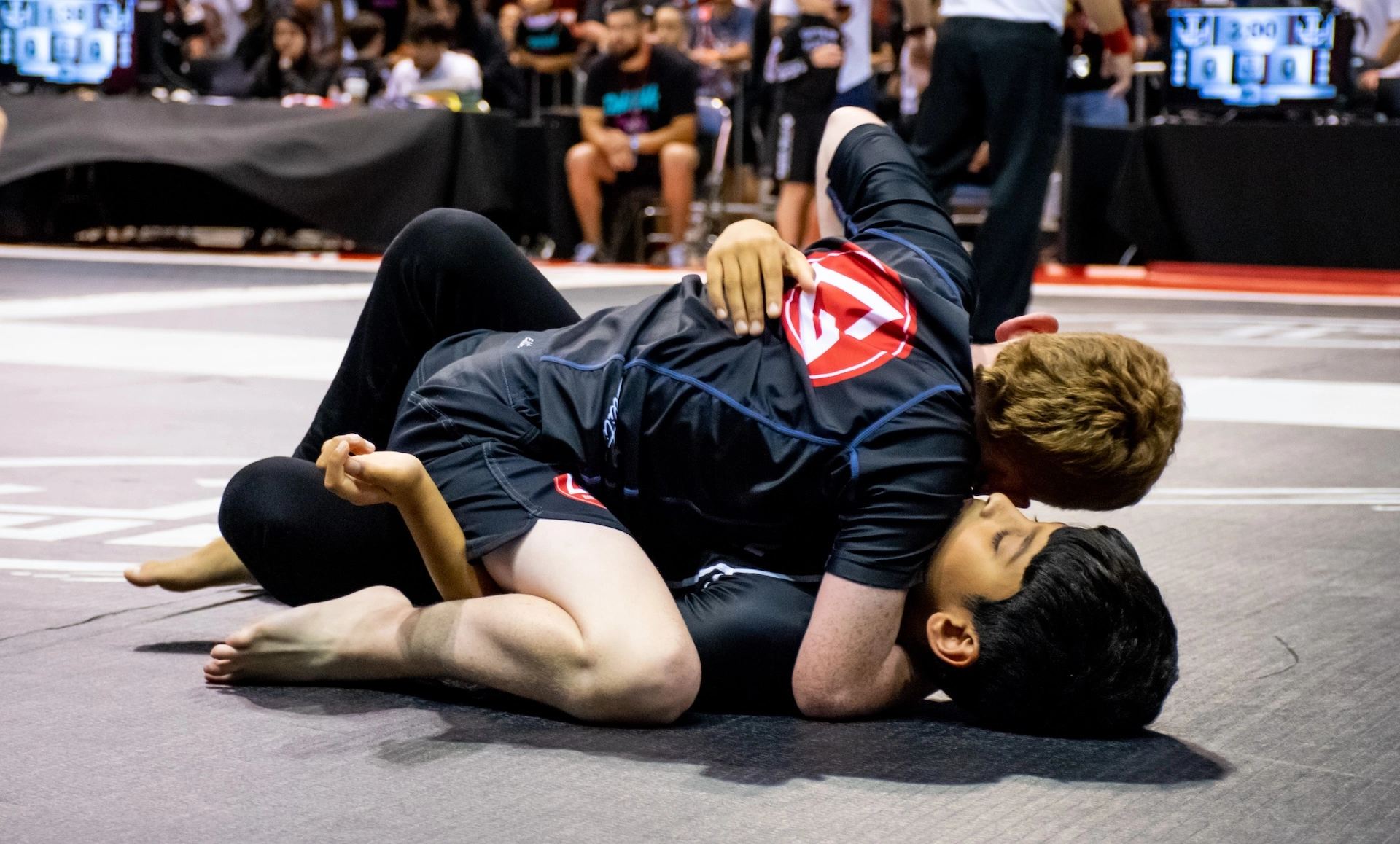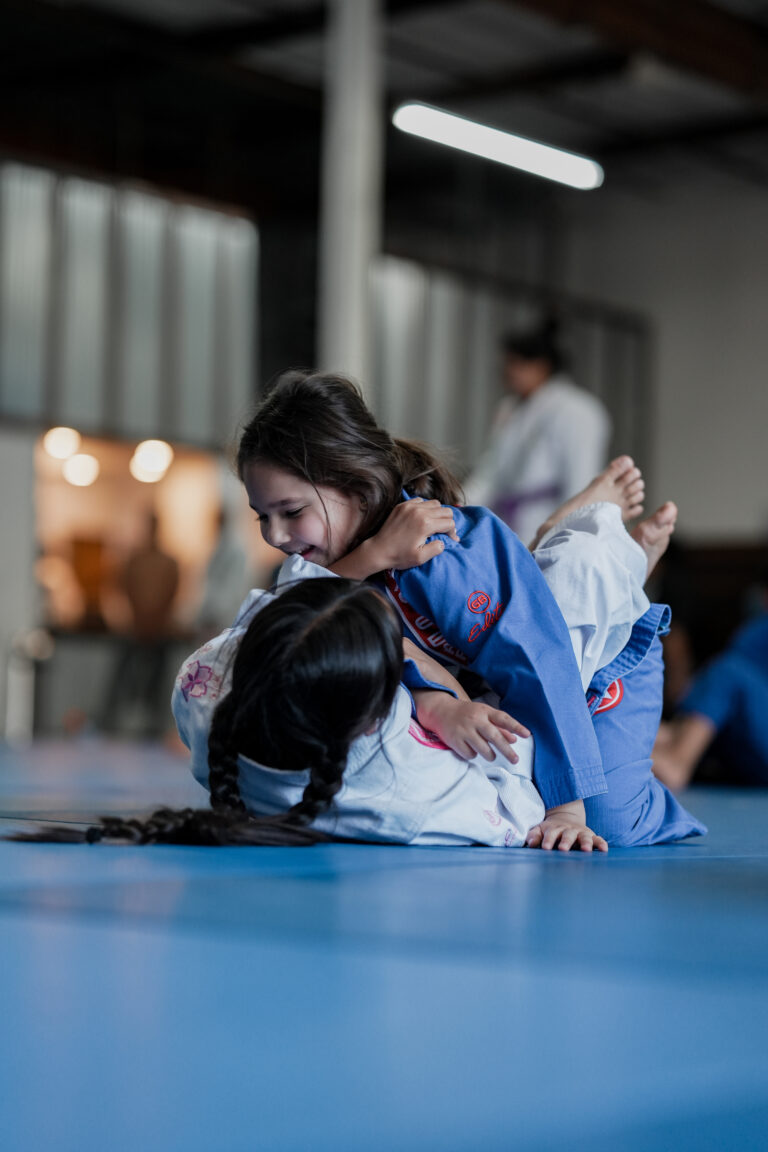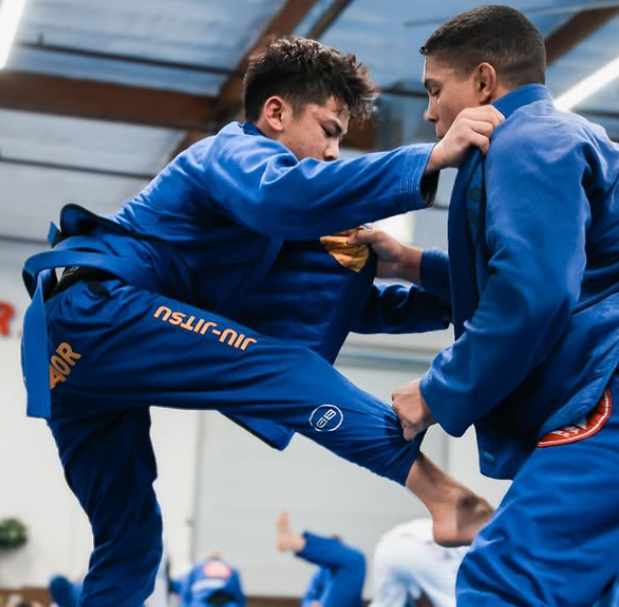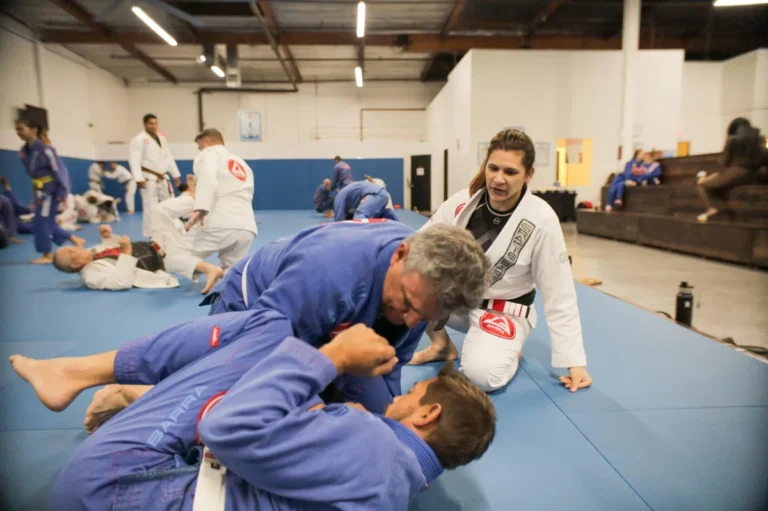The Dual Path: Mastering Gi and No-Gi Jiu-Jitsu for Comprehensive Skill Development in Upland
Brazilian Jiu-Jitsu (BJJ) offers two distinct, yet complementary, training styles: Gi (with the traditional uniform) and No-Gi (without the uniform, often using rash guards and shorts). Some practitioners lean toward one or the other, but the most well-rounded and effective students understand the profound synergy of training both disciplines. For anyone serious about grappling mastery in Upland, adopting this dual training approach at an academy like Gracie Barra Upland is not merely beneficial; it is essential. Training both styles ensures technical completeness, adaptability, and versatility, whether for self-defense or competitive pursuits.
Brazilian Jiu-jitsu classes in Upland
Gi Jiu-Jitsu: The Traditional Foundation
Gi Jiu-Jitsu is the foundation upon which the entire martial art was built. The heavy cotton uniform fundamentally changes the dynamics of grappling, emphasizing control and patience.
Emphasizing Control and Strategic Depth
Training in the Gi inherently slows down the pace of sparring. The ability to grab the opponent’s uniform—the lapels, sleeves, or pants—introduces a massive number of control options. These grips act as “handles,” allowing the practitioner to dictate posture, limit movement, and set up complex submissions.
This gripping element translates directly into strategic thinking. Practitioners must consider:
Pace Control: The Gi allows students to slow down aggressive opponents, ensuring the fight happens on their terms.
Positional Leverage: A solid sleeve and collar grip can neutralize superior strength, proving BJJ’s core tenet: technique over power.
Defense Layers: The uniform provides multiple layers of defense. The opponent’s ability to move or escape is constantly hampered by carefully placed grips.
Gi training demands precision. Students spend countless hours learning to manipulate the fabric for chokes like the loop choke or the cross-collar choke, which are only possible with the uniform. This deep technical exploration is invaluable for developing a comprehensive understanding of the art.
The Power of Grips and Posture
Grip fighting is an entire discipline within Gi Jiu-Jitsu. Mastering it sharpens fine motor skills and grip strength. These small muscle details are critical to mastering fundamental positions like the closed guard or the mount. The concentration required to maintain a precise grip under pressure enhances mental focus significantly.
Gracie Barra Upland instructors stress that Gi training is where students truly internalize the principles of posture and base. If a student’s posture is compromised, the opponent immediately exploits the Gi grips to submit or sweep. The uniform acts as a magnifying glass for technical flaws. Consequently, those who train consistently in the Gi develop pristine defense, understanding precisely where and why their position fails. To learn these fundamental gripping strategies, we invite new students to explore our introductory programs at https://gbupland.com.
No-Gi Jiu-Jitsu: Speed, Mechanics, and Adaptation
No-Gi Jiu-Jitsu, often seen in MMA and various grappling tournaments, strips away the uniform. The absence of fabric requires immediate adaptation, emphasizing speed, wrestling transitions, and pure body control.
Adapting to the Slippery Surface
The first difference a Gi-trained student notices is the “slipperiness” of No-Gi. Without grips on the uniform, control must come directly from body contact—using underhooks, overhooks, head control, and careful weight distribution. This requires constant, active pressure and significantly reduces the opportunities for rest.
The pace of a No-Gi session is typically faster and more scrambly. This develops explosive power and quick reaction times. Students must learn to:
Use Wrestling Ties: Focus shifts to standing takedowns and clinch control, utilizing techniques like the collar tie, two-on-one, and body locks.
Employ Hooks and Frames: Rather than using lapels, students rely on leg hooks (like in the Half Guard or Butterfly Guard) and bony frames (forearms, elbows) to maintain distance and control.
Move Dynamically: Transitions must be executed swiftly, as any pause risks the opponent slipping out of control and repositioning.
The Focus on Body Mechanics and Dynamic Submissions
No-Gi forces reliance on core strength and proper body alignment because no external material aids in control. Students learn to use their skeleton as their primary defense and offense. This builds exceptional functional strength and body awareness.
Furthermore, No-Gi rules often permit more specialized submissions, particularly in the lower body. Leg locks, heel hooks, and sophisticated foot attacks are prevalent in the No-Gi landscape. Training these submissions provides a more complete understanding of the body’s joint mechanics. This dynamic and high-stakes environment sharpens decision-making skills under duress.
The Synergy: Why Training Both is Essential in Upland
While some specialists focus on one path, the true grappling master understands that Gi and No-Gi are two sides of the same coin. Training both creates a synergistic effect, exponentially improving skills far beyond what either singular focus could achieve. This combined training philosophy is a hallmark of the Gracie Barra program in Upland.
Bridging the Skill Gap
The greatest benefit of cross-training is how each style fixes the flaws exposed by the other.
Gi Training Contribution | No-Gi Training Contribution | Combined Benefit |
|---|---|---|
Develops precise grip fighting and control | Teaches control without external handles (pure body mechanics) | Complete control in any attire or situation. |
Reinforces posture and defense against fabric chokes | Improves speed, explosiveness, and scrambling ability | Enhanced reaction time and infallible technical base. |
Emphasizes patience and slow strategic setups | Promotes dynamic transitions and aggressive attacks | The ability to choose the pace and style of the fight. |
A student who only trains Gi often struggles when opponents strip away the grips and accelerate the pace. Conversely, a student who only trains No-Gi often lacks the defensive discipline imposed by the Gi, relying too heavily on speed and athleticism rather than technical efficiency. The combined approach eliminates these vulnerabilities.
Comprehensive Self-Defense and Versatility
For the resident of Upland seeking BJJ for self-defense, versatility is non-negotiable. Real-world confrontations rarely occur in a sports arena. The attacker might be wearing heavy clothing (like a jacket or hoodie, resembling a Gi) or light summer clothes (resembling No-Gi).
Training both styles prepares the individual for either scenario. Gi training teaches techniques to utilize an attacker’s clothing against them, securing controls and submissions. No-Gi training ensures the ability to defend and control an attacker even when they are slippery with sweat or wearing minimal clothing. This comprehensive preparation delivers true confidence and competence in any self-defense situation.
Ultimate Versatility for Competition
For students at Gracie Barra Upland interested in competition, the dual focus is mandatory. Most athletes who excel at the highest level—whether in IBJJF (Gi), ADCC (No-Gi), or MMA—maintain a regular schedule of both Gi and No-Gi training. This is due to several crucial factors:
Translating Concepts: Skills like framing, weight distribution, and hip escape power are universal. Practicing them in the restrictive Gi environment makes them feel effortless in the No-Gi environment.
Submission Variety: Exposure to a full spectrum of submission types, from cloth chokes to heel hooks, creates a much broader threat profile.
Physical Conditioning: The strength built from Gi grip fighting complements the endurance gained from No-Gi scrambling, maximizing athletic performance.
This combined training path is the fastest way to achieve the rank of black belt and mastery. We encourage you to check our class schedule for both Gi and No-Gi offerings at https://gbupland.com.
Starting Your Combined Training Journey at Gracie Barra Upland
Gracie Barra’s structured curriculum is perfectly designed to integrate Gi and No-Gi training seamlessly. We guide students through the fundamentals of both disciplines. The Upland academy provides a safe and challenging environment where beginners can explore both worlds without feeling overwhelmed.
For the new student in Upland, we recommend starting with the Gi fundamentals. The Gi forces better habits, emphasizes control, and slows down the learning process appropriately. Once comfortable with the basics, incorporate No-Gi classes into the routine.

Recommended Training Structure:
Initial Focus: 3–4 Gi classes per week.
Integration Phase: Introduce 1–2 No-Gi classes per week.
Advanced Phase: Maintain a consistent split (e.g., 50/50) to ensure skills in both areas remain sharp.
Brazilian Jiu-jitsu in Upland
Do not think of Gi and No-Gi as separate arts; view them as different lenses through which to view the same underlying principles of leverage, timing, and control. Mastering both makes you a complete grappler. This commitment to holistic development distinguishes Gracie Barra Upland as the premier martial arts academy in the region. Embrace the dual path. Take the next step toward becoming the most versatile martial artist you can be.








